PPT-Development of TEMPO NO 2
Author : mjnt | Published Date : 2020-06-15
Algorithm to Infer Vertical Columns from Total Slant Columns Randall Martin Dalhousie SAO with contributions from Nick Krotkov NASA Goddard Lok Lamsal NASA
Presentation Embed Code
Download Presentation
Download Presentation The PPT/PDF document "Development of TEMPO NO 2" is the property of its rightful owner. Permission is granted to download and print the materials on this website for personal, non-commercial use only, and to display it on your personal computer provided you do not modify the materials and that you retain all copyright notices contained in the materials. By downloading content from our website, you accept the terms of this agreement.
Development of TEMPO NO 2: Transcript
Download Rules Of Document
"Development of TEMPO NO 2"The content belongs to its owner. You may download and print it for personal use, without modification, and keep all copyright notices. By downloading, you agree to these terms.
Related Documents

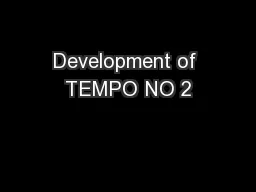

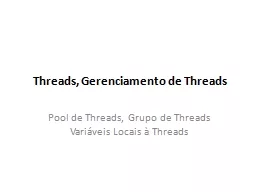
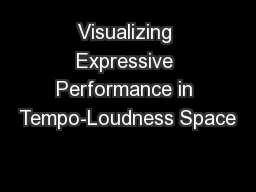


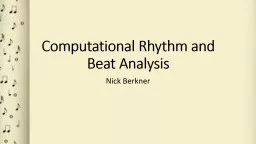
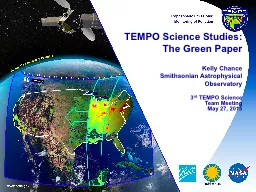
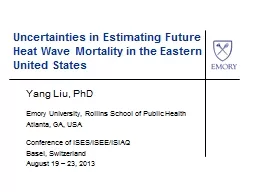

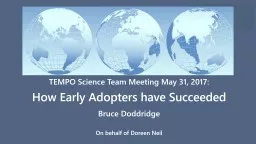
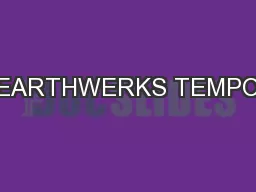
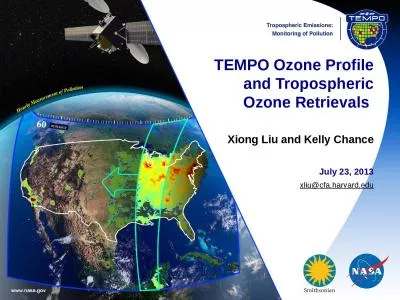
![[Air Quality Forecasting] Breakout Report 1st TEMPO Applications Workshop Huntsville,](https://thumbs.docslides.com/1067409/air-quality-forecasting-breakout-report-1st-tempo-applications-workshop-huntsville-al.jpg)